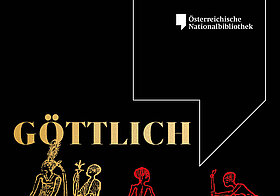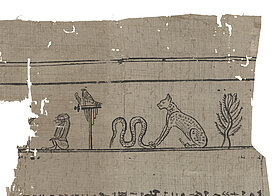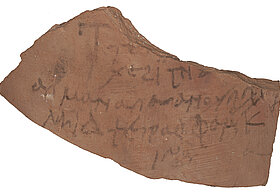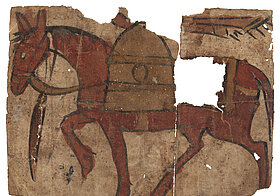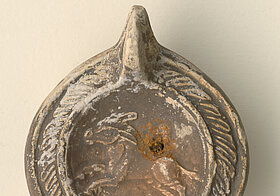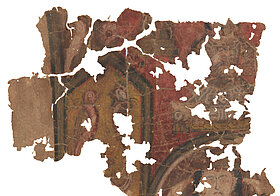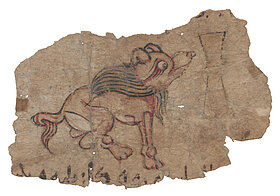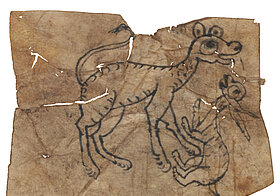June 13, 2024 – May 4, 2025
What would ancient Egypt be without the depiction of animal-shaped deities, hieroglyphs or animal mummies? Animals were always to be found alongside people in various roles and had a lasting impact on the Egyptians' understanding of their environment. Animals were – then as now – hunted, feared, used, domesticated, loved, worshipped, seen as an expression of divine power or, as sacrificial animals or votive offerings, served as a link between humans and their gods. But even in the Greco-Roman period and late antiquity, animals were of central importance to the people of the Nile. The exhibition "Divine and eaten. The ambivalent relationship between humans and animals in the land on the Nile" in the Papyrus Museum of the Austrian National Library tells of divine beings, feared creatures and the everyday coexistence of humans and animals using documents on papyrus, paper and parchment dating back hundreds or even thousands of years.
The use of the image material provided in the context of reporting on the Austrian National Library is free of charge. Copyright, unless otherwise stated: Austrian National Library.
Press contact:
Elke Koch
Kommunikation und Marketing
Josefsplatz 1
1015 Wien
Tel.: +43 1 53410-270
Mobil: +43 664 201 27 18
elke.koch[at]onb.ac.at


